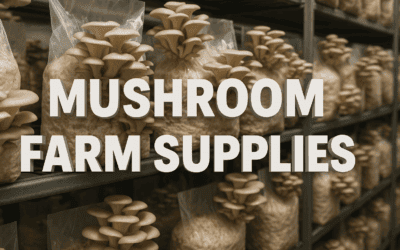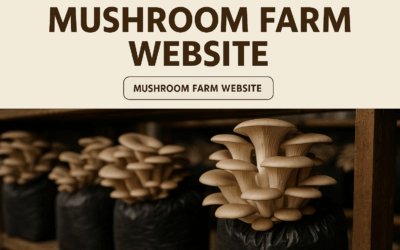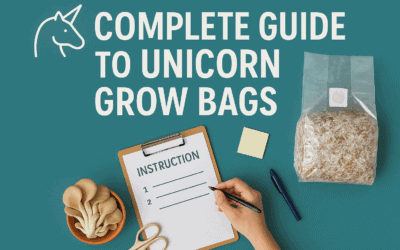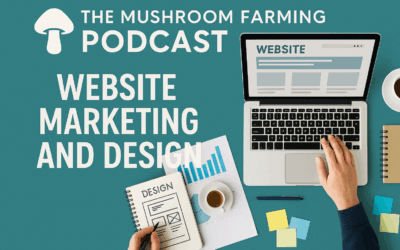Tissue Cultures
- Prepare materials:
Potatoes: 200 gr.
Dextrose: 20 gr.
Agar powder: 20 gr.
Water: 1 liter.
Cotton (gauze)
Note: Visually check potatoes for spots or rot. Buy dextrose and Agar of commercial grade.
- Wash and cut potatoes into one-centimeter cubes; leave on or remove the skin.
- Clean small flat bottles (small whiskey bottles as a container can be used).
- Place potatoes in one liter of water. Simmer for 15 – 20 minutes.
- Remove potatoes & keep the broth as clear as possible.
Add water to broth to reach one liter of liquid PDA
- Bring water to stove. Add dextrose followed by agar. Slowly stir continuously with regular speed until completely dissolved.
- Pour liquid PDA in bottle until you reach 5 – 10 mm high
- Plug bottle with cotton.
- Place bottles in autoclave at 121oC for 20 – 30 minutes to ensure complete sterilization.
Let cool down to around 37oC
- Place bottles in slanted position as to increase surface area of the medium. PDA should come close to the neck but must not touch the cotton plug.
After PDA medium is settled in bottle, transfer all bottles to clean shelf in the clean room.
- Check for contamination (contamination can be seen when dark spots or lines occur).
Selecting tissue culture
Do not want to use your own cultures to start here is a video for one of our YouTube friends who also sell cultures too.
- Prepare materials:
- Special needle (insulated handle)
- Alcohol lamp
- Alcohol
- Cotton (gauze)
- Matches or lighter
- Bottles with PDA
- Laminar flow cabinet (or protected environment)
- UV lamp
- Select a strong mushroom for culture.
- Healthy.
- Not too mature, not too young.
- Not too humid (at least 2-3 hours after watering)
- With a stiff stalk
- Make sure it is clean and far from any contaminated mushroom.
- Clean the room, all necessary tools, inside and outside the laminar flow cabinet with alcohol. Transfer PDA bottles and necessary tools into the chamber.
- Place all cleaned materials inside laminar flow. Turn on UV lamp and laminar flow. After 10-15 minutes, turn off UV lamp but leave laminar flow for the duration of the operation.
- Clean both hands and bottles with alcohol and insert hands into the cabinet.
- Hold needle with 2 fingers in a 45o-degreeangle, flame needle to disinfect until the needle turns red. Make sure it does not touch any surface after flaming.
- While needle cools down (15-20 seconds – hold needle not to touch anything or place it on the clean surface of a glass).
- Using other fingers, tear mushroom lengthwise (DO NOT use knife to cut).
- With the needle, cut a small piece (2 mm x 2 mm) of fleshy tissue from inside the mushroom (in the middle between the cap and the stalk). Make sure that it is clean and did not touch the outside of the mushroom.
- Flame around the mouth of the bottle. Using other fingers, remove cotton plug of PDA bottle in front of flame to secure against contamination.
- Insert the needle in the bottle and inoculate by placing small piece of cut mushroom in the middle of the PDA’s surface. Make sure the piece of mushroom does not touch anything before entering the PDA bottle
- Close bottle immediately near the flame with cotton plug
Note: the bottom of the bottle should always be lower than the mouth of the bottle and the mouth of the bottle should remain near the flame at all times.
- Label bottles and indicate: Date, type of mushroom, mother spawn #.
Mushroom Farm Supplies
The Best Mushroom Farm Supplies for Successful Growth Key Highlights Starting your mushroom farm requires the right mushroom farm supplies for success. High-quality substrates and grains are the foundation of healthy mushroom cultivation. Choosing cost-effective,...
Leveraging Chat Message Tools for Your Mushroom Farm Business: A Complete Guide
Leveraging Chat Message Tools. In the evolving landscape of digital marketing, chat message tools and chatbots have emerged as one of the most powerful yet often overlooked marketing channels available to mushroom farmers. With over 80% open rates—the highest...
Effective Email Marketing for Your Mushroom Farm Business: A Complete Guide
Effective Email marketing remains one of the most powerful yet underutilized marketing tools available to mushroom farmers. When done correctly, email marketing can generate up to $40 in return for every dollar spent, making it one of the highest ROI marketing...
How to Use Video Shorts to Grow Your Mushroom Farming Business Online
In today's fast-paced digital world, mushroom farmers need to think beyond traditional marketing methods to reach their ideal customers. Video shorts are a great low cost option. While farmers markets and word-of-mouth referrals remain important, the power of social...
Getting the Most Out of Your Business or Farm Website A Complete Guide for Mushroom Farmers
Your website isn't just a digital business card anymore—it's your most powerful marketing tool, primary sales platform, and often the first impression potential customers have of your farm. This comprehensive guide will show you how to transform your website from a...
The Complete Guide to Unicorn Grow Bags: Why Professional Mushroom Farmers Choose American-Made Quality
For an in-depth discussion about Unicorn Grow Bags, check out our latest Mushroom Farming Podcast episode where host Monica sits down with online marketing expert Harry Warrick to explore everything you need to know about selecting and using these industry-standard...
Mushroom Farm Websites
Why Your Mushroom Farm Needs a Website The Complete Guide to Digital Marketing SuccessListen to our new mushroom farming podcast about mushroom farm websites. In today's digital marketplace, having a strong online presence isn't just an advantage for mushroom...
Mushroom Farming Podcast Ep 3 YouTube Channel
Why Every Mushroom Farm Needs a YouTube Channel: The Second-Most Powerful Search Engine You're Ignoring Based on Episode 3 of The Mushroom Farming Podcast Every Mushroom Farm needs a YouTube Channel. Your mushroom farm has a Google Business Profile. You've optimized...
Mushroom Farming Podcast Episode 2
Why Your Mushroom Farm Needs a Google Business Profile: The Key to Map Pack Domination Based on Episode 2 of The Mushroom Farming Podcast If you're growing gourmet mushrooms and wondering why some farms seem to get all the local customers while you're struggling to be...








